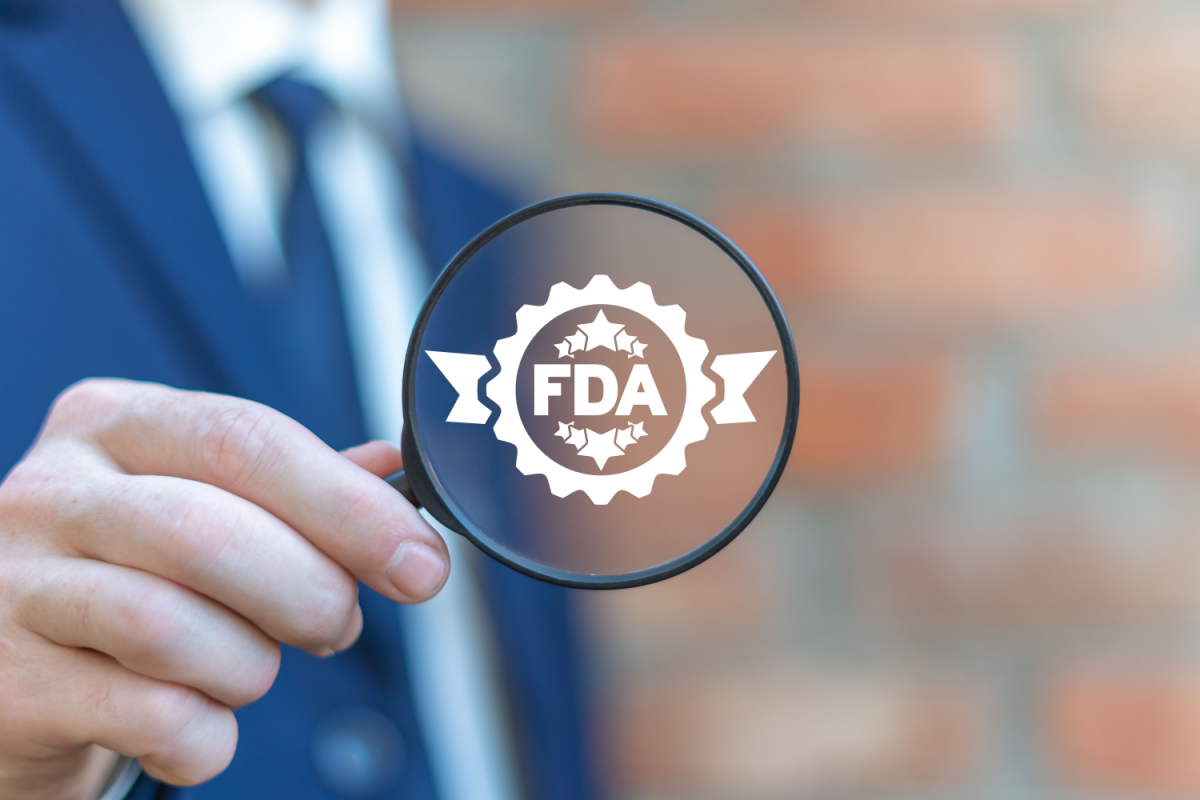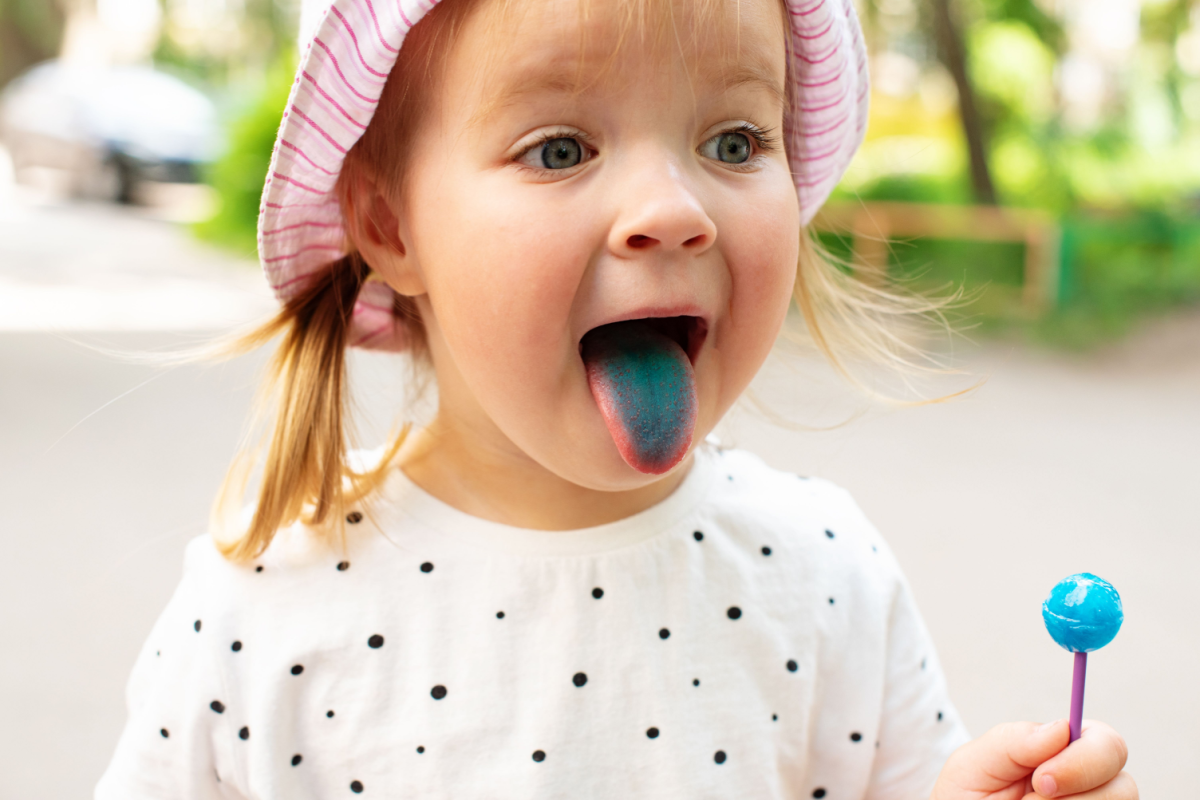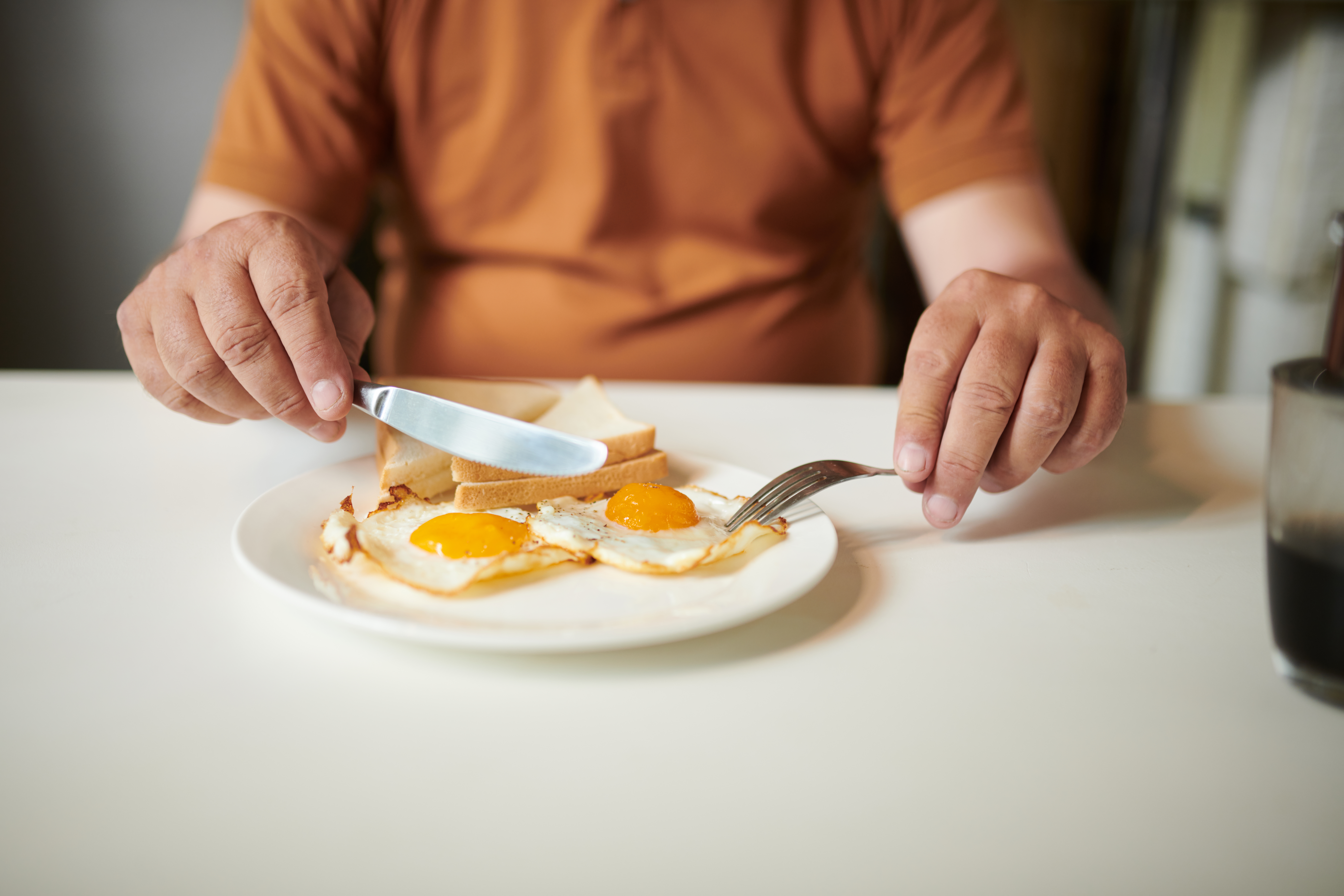There is no shortage of post-workout drinks on the market, including innovative new additions to the category, like high-protein chocolate milk to sports drinks made with upcycled dairy byproducts. But could an electrolyte beer be just the thing to quench consumers’ thirst after a session at the gym? A few breweries in the US are trying to make that a reality with low alcohol by volume (ABV) beers infused with electrolytes and other nutrients.
Most people tend to reach for Gatorade or plain old water after a workout, and there’s a good reason why beer was never considered a sports drink: it’s not a good source of hydration. While beer is mostly water, it is still hypotonic, meaning it contains little to no electrolytes. Electrolytes are just as important as water for our bodies to function properly, and replenishing them after a workout is vital. So why add electrolytes to beer?
How Electrolyte-Infused Beer Differs from Regular Beer
Regular beer typically contains between four to six percent ABV, and anywhere between 90 to 200 calories per serving. Up until recently, beer has widely been consumed for its taste and enjoyment of alcohol rather than as a functional, post-workout beverage. But electrolyte beer makers want to change that.
Electrolyte beer brewers want to change the notion that beer is a poor post-workout beverage. Sufferfest Brewing Company and Zelus Beer Company claim their beverages can replenish electrolytes and lost fluids from sweat during a workout just as effectively as water or other sports drinks. While normal beer can cause dehydration, headache, nausea and vomiting if overdone, beer with added electrolytes can counter these problems in two ways.
First, their ABV is relatively low, ranging between two and three percent. Second, they contain the same or similar electrolytes and minerals typically found in sports drinks. Are those factors enough to counteract the negative effect of beer? Several studies have shown that low-ABV beer with added sodium is less dehydrating than beer with higher ABV and no sodium when consumed during or after exercise. However, just because electrolyte beer has a lower ABV content than regular beer, doesn’t mean its consumers aren’t prone to dehydration.
Electrolyte Beer Brewers
Sufferfest and Zelus aren’t the only electrolyte beer brewers out there. Massachusetts-based Harpoon Brewery sells Rec. League, a four percent ABV beer with 120 calories and zero fat. Its specialty ingredients include chia seeds, buckwheat and Mediterranean sea salt, but does it taste good given these uncommon ingredients? Yes, according to Men’s Health, which called Rec. League a “pillow-y, tropical pale ale.”
Delaware-based Mispillion River Brewing carries a line of Sports Berliners called the War Series. Each of the four flavors contains five percent ABV and is infused with an undisclosed amount of fruit-derived electrolytes. Three of the four flavors are currently sold out on the company’s website and the fourth has yet to be released.
Perhaps these brewers are trying to tap into a different demographic than typical craft beer drinkers. Of course, health-conscious beer is not a new concept, with low-calorie and light beers, such as Bud Light and Michelob Ultra, growing in popularity since the 1980s. Non-alcoholic beers also fall into the “better-for-you” beer category. Electrolyte beer is, however, a newer sub-category in the segment.
Since electrolyte beer is a relatively new beverage type, it remains to be seen how popular it will become as a post-workout beverage. But beer lovers and fitness enthusiasts alike can admit that it is giving regular beer a run for its money.












Join or login to leave a comment
JOIN LOGIN